moon and satellites It found the textures by itself and calculated all the details: — Cloud layer — Sun lightning — Earth & moon rotation — Satellites w/ different orbital inclinations — Etc.



Imagine having a conversation where every gesture and glance feels like a test. You’re juggling eye contact, facial expressions, and tone of voice, all while trying to keep up with the words. You might miss something, or someone might misread you.
In a new study, published in PLOS One, autistic adults describe the intense mental effort it takes to navigate nonverbal communication (NVC).
Researchers reviewed 362 firsthand accounts on the online forum WrongPlanet.net, where autistic adults openly talk about communication challenges. They focused on posts about nonverbal communication—like eye contact, tone of voice, gestures, and facial expressions—and reviewed 26 discussion threads to better understand from autistic adults what it is like to communicate in daily life.
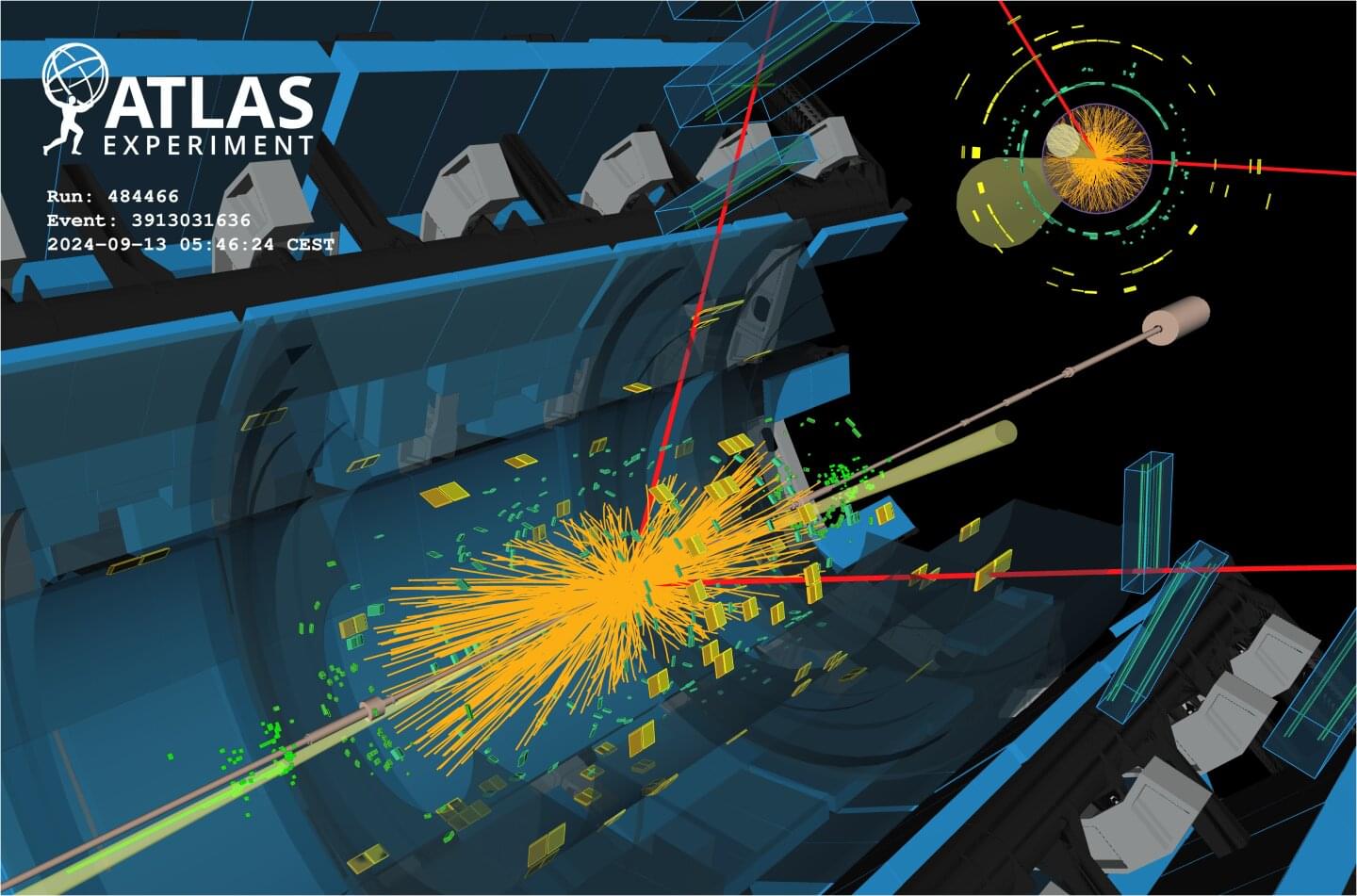
The ATLAS collaboration finds evidence of Higgs-boson decays to muons and improves sensitivity to Higgs-boson decays to a Z boson and a photon.
Studies of the properties of the Higgs boson featured prominently in the program of the major annual physics conference, the 2025 European Physical Society Conference on High Energy Physics (EPS-HEP), held this week in Marseille, France. Among the results presented by the ATLAS collaboration were two results narrowing in on two exceptionally rare Higgs-boson decays.
The first process under study was the Higgs-boson decay into a pair of muons (H→μμ). Despite its scarceness—occurring in just 1 out of every 5,000 Higgs decays—this process provides the best opportunity to study the Higgs interaction with second-generation fermions and shed light on the origin of mass across different generations. Up to now, the interactions of the Higgs boson with matter particles have only been observed for particles from the third, heaviest, generation: the tau lepton and the top and bottom quarks.
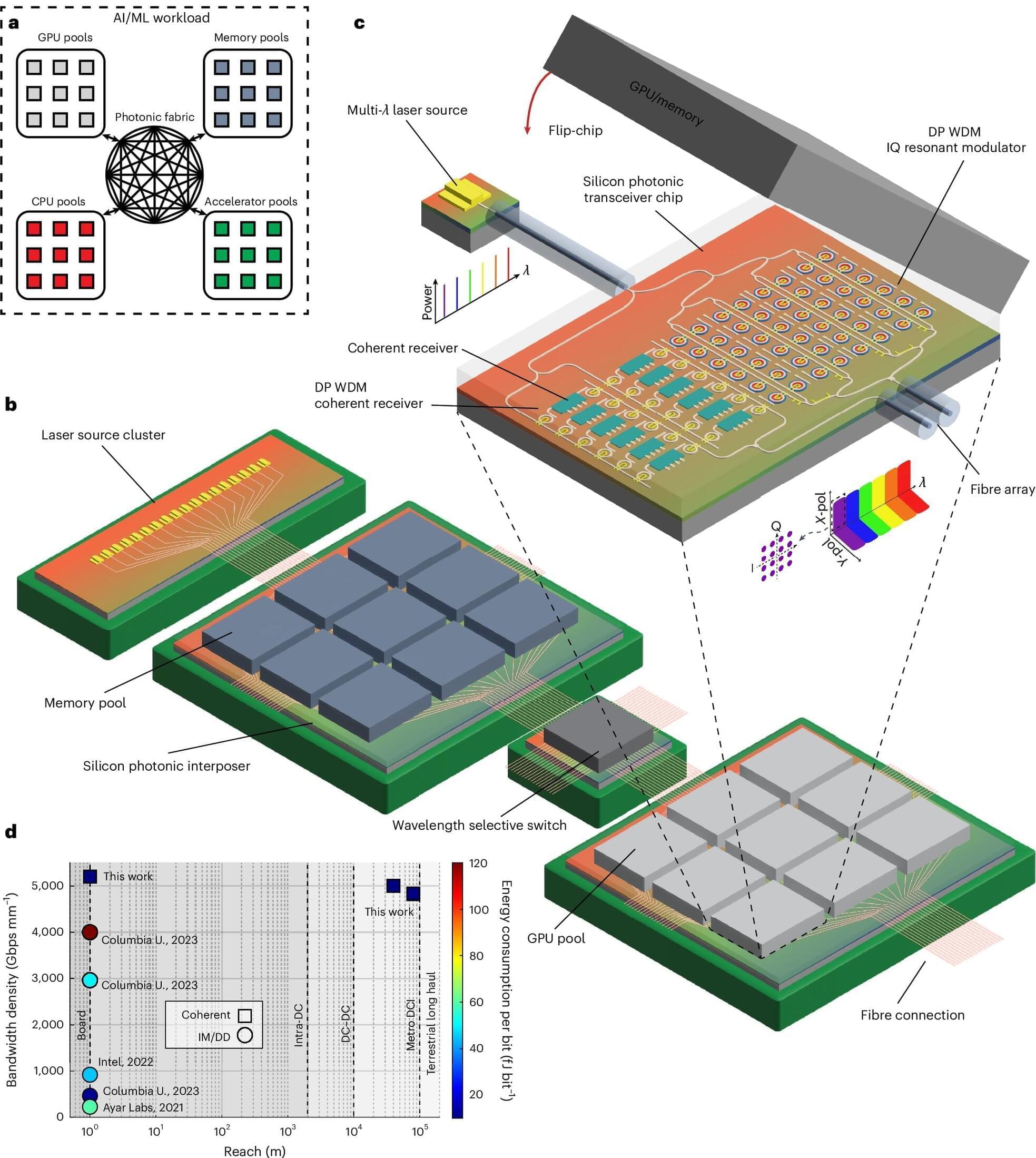
Artificial intelligence systems like ChatGPT are notorious for being power-hungry. To tackle this challenge, a team from the Center for Optics, Photonics and Lasers (COPL) has come up with an optical chip that can transfer massive amounts of data at ultra-high speed. As thin as a strand of hair, this technology offers unrivaled energy efficiency.
Published in Nature Photonics, the innovation harnesses the power of light to transmit information. Unlike traditional systems that rely solely on light intensity, this chip also uses the phase of light, in other words, its shift.
By adding a new dimension to the signal, the system reaches unprecedented performance levels, all while maintaining a tiny size. “We’re jumping from 56 gigabits per second to 1,000 gigabits per second,” says Ph.D. student Alireza Geravand, the first author of the study.
A multinational research team, including engineers from the University of Cambridge and Zhejiang University, has developed a breakthrough in miniaturized spectrometer technology that could dramatically expand the accessibility and functionality of spectral imaging in everyday devices.
The study, titled “Stress-engineered ultra-broadband spectrometer,” published in the journal Science Advances, describes a novel, low-cost spectrometer platform built from programmable plastic materials rather than conventional glass.
These innovative devices operate across the full visible and short-wave infrared (SWIR) range—spanning 400 to 1,600 nanometers—which opens up a wealth of possibilities for real-world applications.
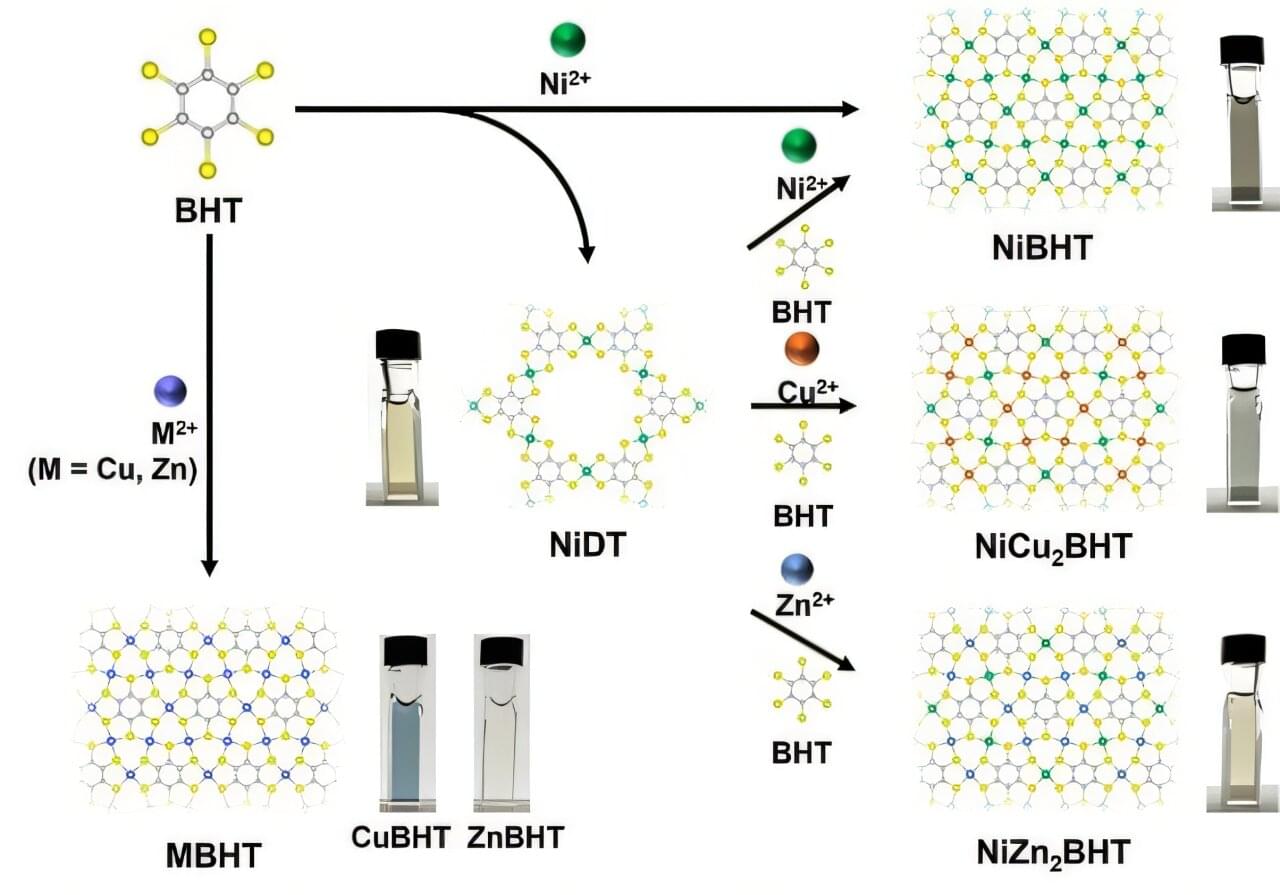
Coordination nanosheets are a unique class of two-dimensional (2D) materials that are formed by coordination bonds between planar organic ligands and metal ions. These 2D nanomaterials are increasingly utilized in energy storage, electronic devices, and as electrode-based catalysts due to their excellent electronic, optical, redox properties, and catalytic activity.
Over the last decade, coordination nanosheets composed of various transition metal ions, such as nickel (Ni) ions linked to benzenehexathiol (BHT)—an organic compound—have been successfully synthesized in laboratories. However, their production has relied on a two-phase interfacial reaction that occurs between two immiscible phases of matter.
Furthermore, the selective synthesis of well-organized heterometallic nanosheets, containing two or more metal ions, has proven to be difficult. To address these two major issues limiting the production of novel coordination nanosheets, a team of researchers led by Professor Hiroshi Nishihara, from the Research Institute for Science and Technology (RIST), Tokyo University of Science (TUS), Japan, has conducted a series of innovative experiments.
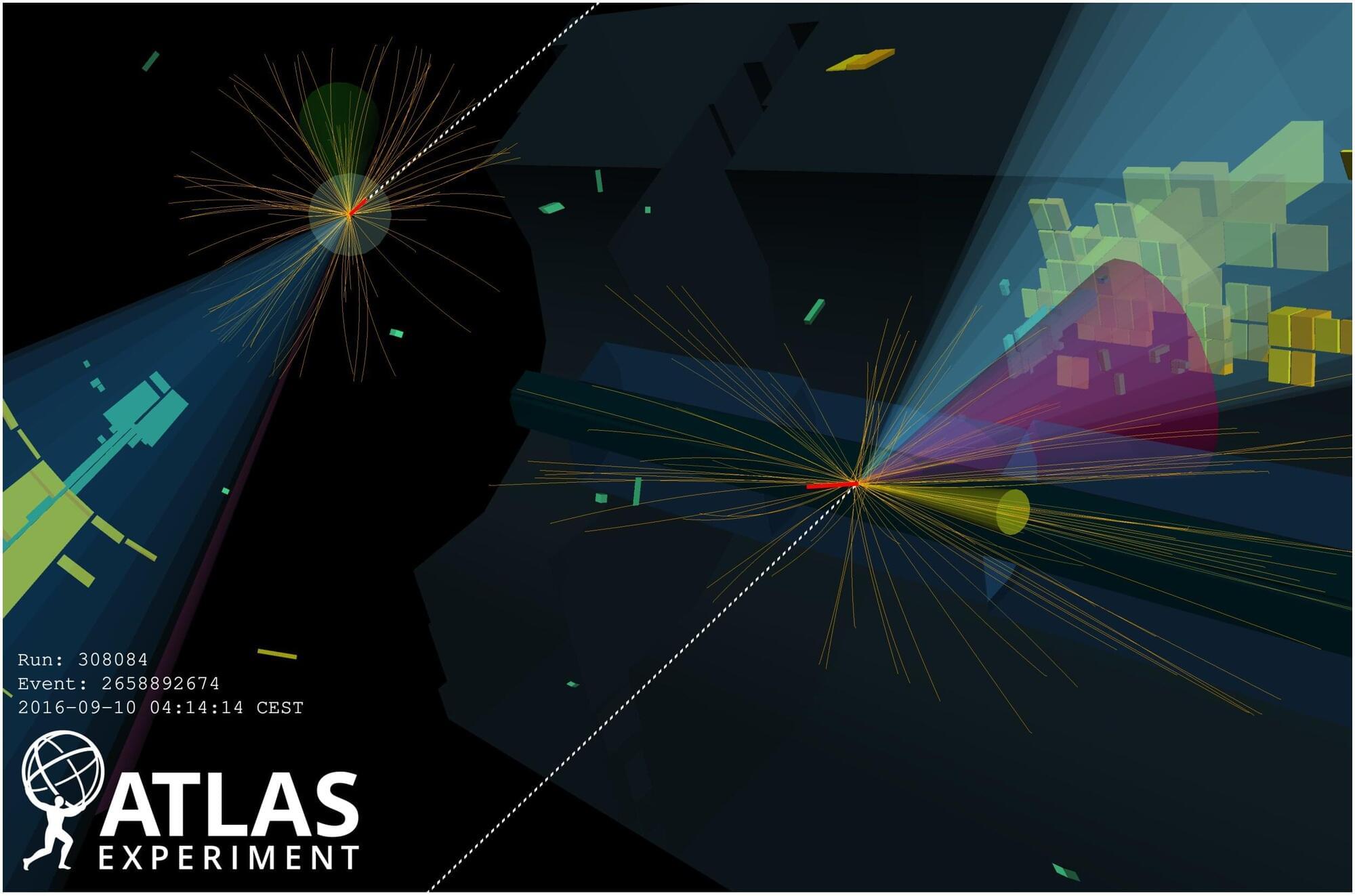
In physics, there are two great pillars of thought that don’t quite fit together. The Standard Model of particle physics describes all known fundamental particles and three forces: electromagnetism, the strong nuclear force, and the weak nuclear force. Meanwhile, Einstein’s general relativity describes gravity and the fabric of spacetime.
However, these frameworks are fundamentally incompatible in many ways, says Jonathan Heckman, a theoretical physicist at the University of Pennsylvania. The Standard Model treats forces as dynamic fields of particles, while general relativity treats gravity as the smooth geometry of spacetime, so gravity “doesn’t fit into physics’s Standard Model,” he explains.
In a recent paper in Physical Review Research, Heckman, Rebecca Hicks, a Ph.D. student at Penn’s School of Arts & Sciences, and their collaborators turn that critique on its head. Instead of asking what string theory predicts, the authors ask what it definitively cannot create. Their answer points to a single exotic particle that could show up at the Large Hadron Collider (LHC). If that particle appears, the entire string-theory edifice would be, in Heckman’s words, “in enormous trouble.”

In many countries, there is an academic cheating crisis with students misusing artificial intelligence tools like ChatGPT to write essays, dissertations and other assignments. According to new research, certain personality traits make some students more likely to pass off AI-generated work as their own.
In a study published in BMC Psychology, Jinyi Song of South Korea’s Chodang University and Shuyan Liu of Baekseok University surveyed 504 Chinese art students. They found that students who scored highly for dark personality traits like narcissism, machiavellianism and psychopathy (collectively known as “the Dark Triad”) were more likely to rely on AI tools like ChatGPT and Midjourney to do their work.
Although previous studies have revealed a link between dark personality traits and academic dishonesty, most research has focused on general student populations, not on specific groups such as art students.
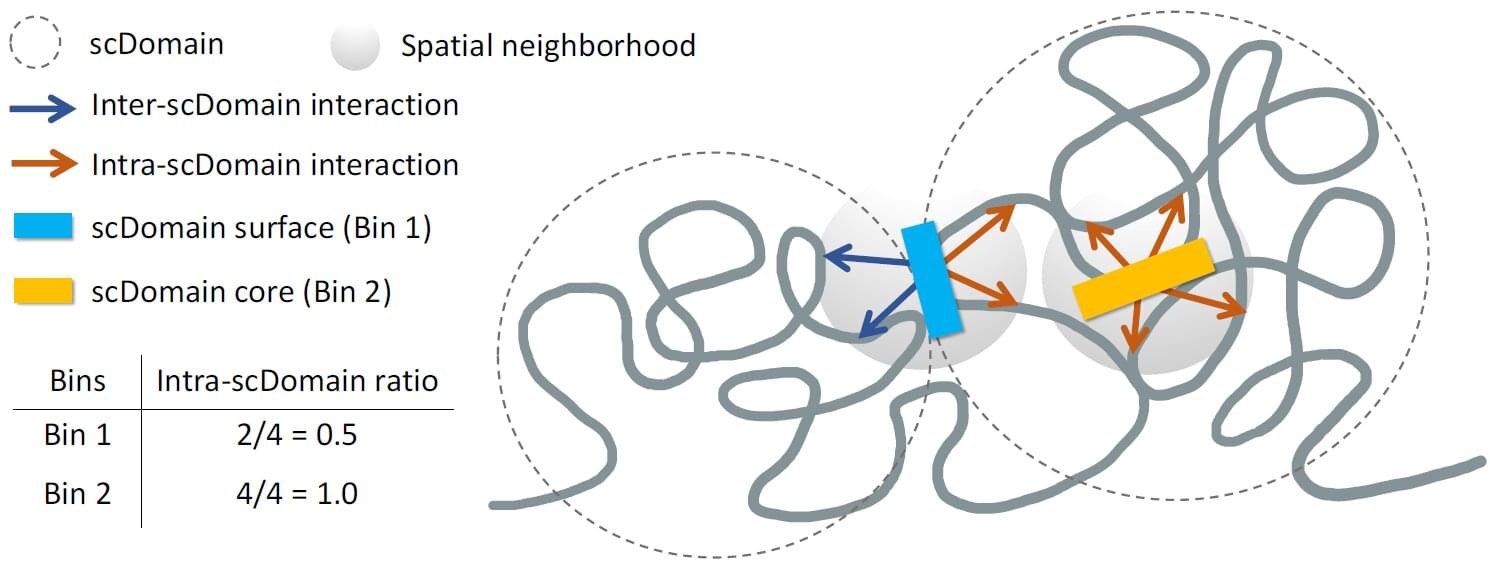
In biology textbooks and beyond, the human genome and DNA therein typically are taught in only one dimension. While it can be helpful for learners to begin with the linear presentation of how stretches of DNA form genes, this oversimplification undersells the significance of the genome’s 3D structure.
To fit in the nucleus of our cells, six feet of DNA is wound up like thread on protein spools called histones. In its packaged form called chromatin, coiled up DNA features many loops and clumps. While it may look random and messy to the untrained eye, these tumbleweed-like shapes bring certain genomic regions into close contact while sheltering others.
Problems with this 3D structure are associated with many diseases including developmental disorders and cancer. Almost 12% of genomic regions in breast cancer cells have incurred issues with their chromatin structure, while other structural issues are known to cause T-cell acute lymphoblastic leukemia.
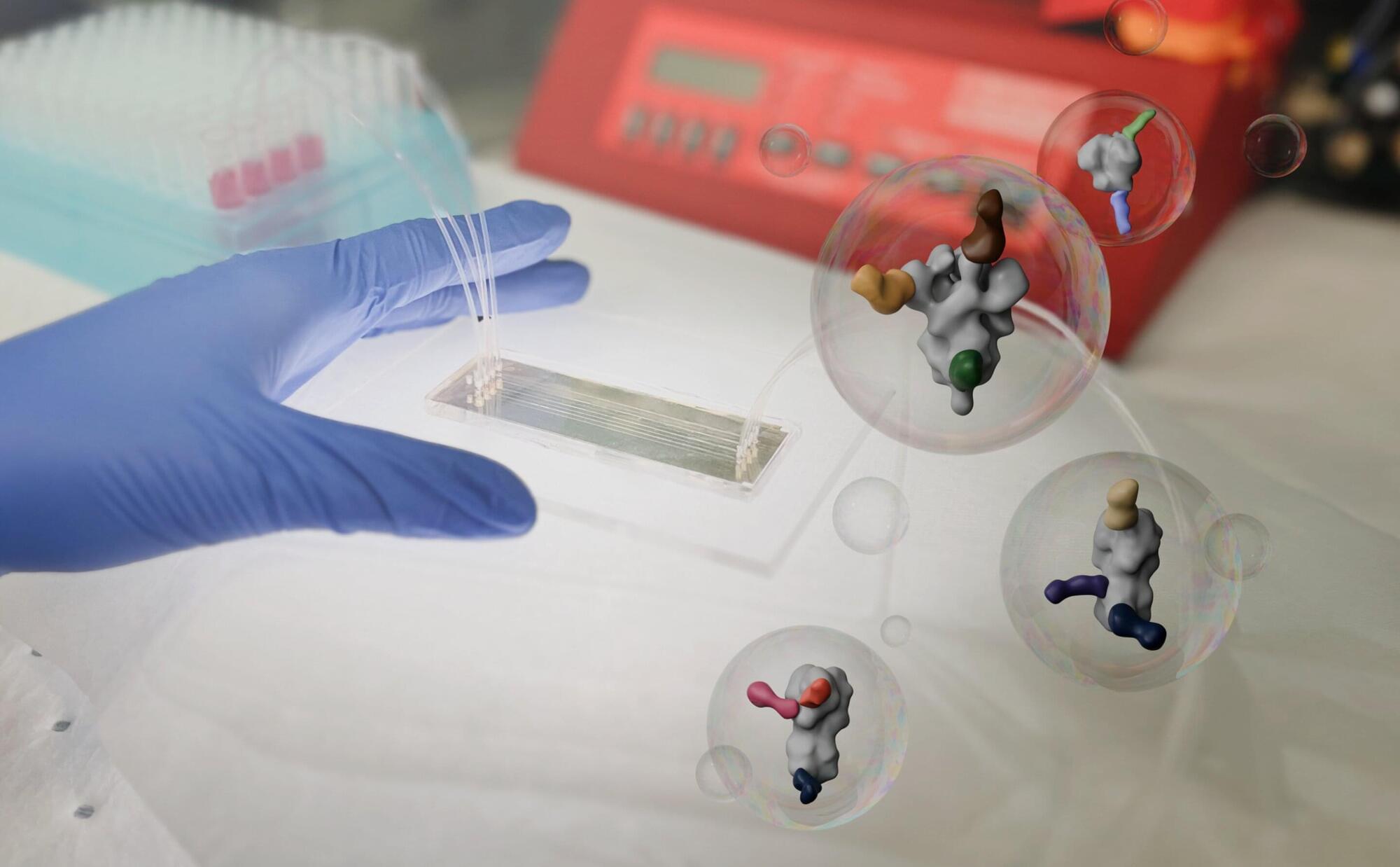
A new microchip invented by Scripps Research scientists can reveal how a person’s antibodies interact with viruses—using just a drop of blood. The technology offers researchers faster, clearer insights that could help accelerate vaccine development and antibody discovery.
“This lets us take a quick snapshot of antibodies as they are evolving after a vaccine or pathogen exposure,” says Andrew Ward, professor in the Department of Integrative Structural and Computational Biology at Scripps Research and senior author of the new paper published in Nature Biomedical Engineering on June 3, 2025. “We’ve never been able to do that on this timescale or with such tiny amounts of blood before.”
When someone is infected with a virus, or receives a vaccine, their immune system creates new antibodies to recognize the foreign invader. Some antibodies work well against the pathogen, while others attach to it only weakly. Figuring out exactly which parts of the virus the best antibodies stick to is key information for scientists trying to optimize vaccines, since they want to design vaccines that elicit strong, reliable immune responses.